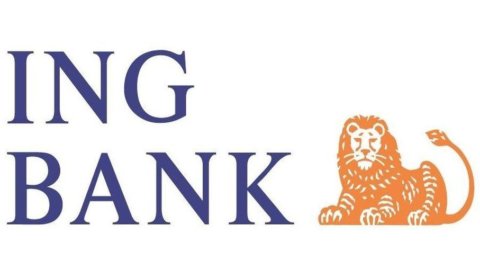In recent years, investors have had to live with unprecedented market fluctuations. In addition, the credit crisis has decisively affected the approach and attitude towards investments. And finally, the assumptions underlying modern investment theory that the market is efficient and that problems are self-resolving have been challenged. Furthermore, the fact that the yields on government bonds of countries perceived as safe (Germany, the USA and the Netherlands) are at their lowest places a risk of an increase in interest rates, with a consequent fall in bond prices.
This scenario, which could last for a few years, explains why dividend investing is so popular. So, what are the specific elements that characterize this approach? First, stock prices fluctuate sharply, global economic growth is modest and uncertain. In general, in this situation dividends represent a more significant component of the overall return than in less troubled economic contexts.
Another factor to consider is demographics. The median age in developed economies is rising and the proportion of the active population is shrinking. Aging can have a further long-term negative effect on growth, not only in Japan but also throughout the Western world. And many more people, in this low-yield environment, depend on the performance of their investments. When looking at possible sources of returns, in general, it is impossible to ignore emerging markets. And there is no difference if we consider the specific issue of dividends. Emerging economies are becoming increasingly decisive thanks to their role as drivers of the global economy. Even if these countries cannot maintain the growth rates recorded in past years, they will continue to be characterized by greater structural development than the more developed economies.
Already today, with specific regard to dividends, emerging companies offer numerous opportunities. In these areas, the average dividend yield of stocks is around 2,7%, well above the United States (2,2%) and Japan (2,2%), although over the past five years the latter has recorded an impressive rate of growth in dividends. This year, companies in emerging countries will distribute approximately 35% of their earnings as dividends, a third more than in 2000. In addition, the percentage of companies paying dividends is higher in emerging countries (85%) than in developed countries (82%). Last fact to report, there are currently over 600 sufficiently liquid companies in emerging countries that offer a dividend yield of more than 2%.
One can therefore well understand the interesting possibility of diversification offered by emerging markets, where the growth and sustainability of dividends are supported by the low level of debt and high profitability. Going forward, we believe that dividends will represent an even more significant driver of returns on emerging markets equities given that the capital gains of the last decade are unlikely to be replicated.





